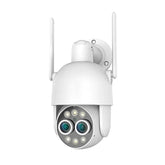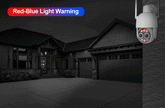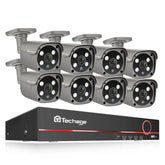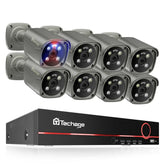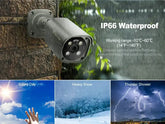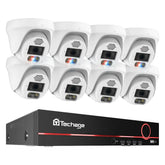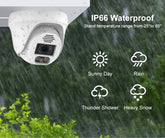POE security cameras buying guide & what features to look.
Whether you want to safeguard your home and loved ones or protect your valuable business assets, choosing the right POE security camera is a game-changer in ensuring top-notch security. With a wide range of options available in the market, you have to choose those for your specific needs & providing reliable security.
In this comprehensive guide, we will explore the key features to consider when purchasing POE security cameras. Let's dive in!
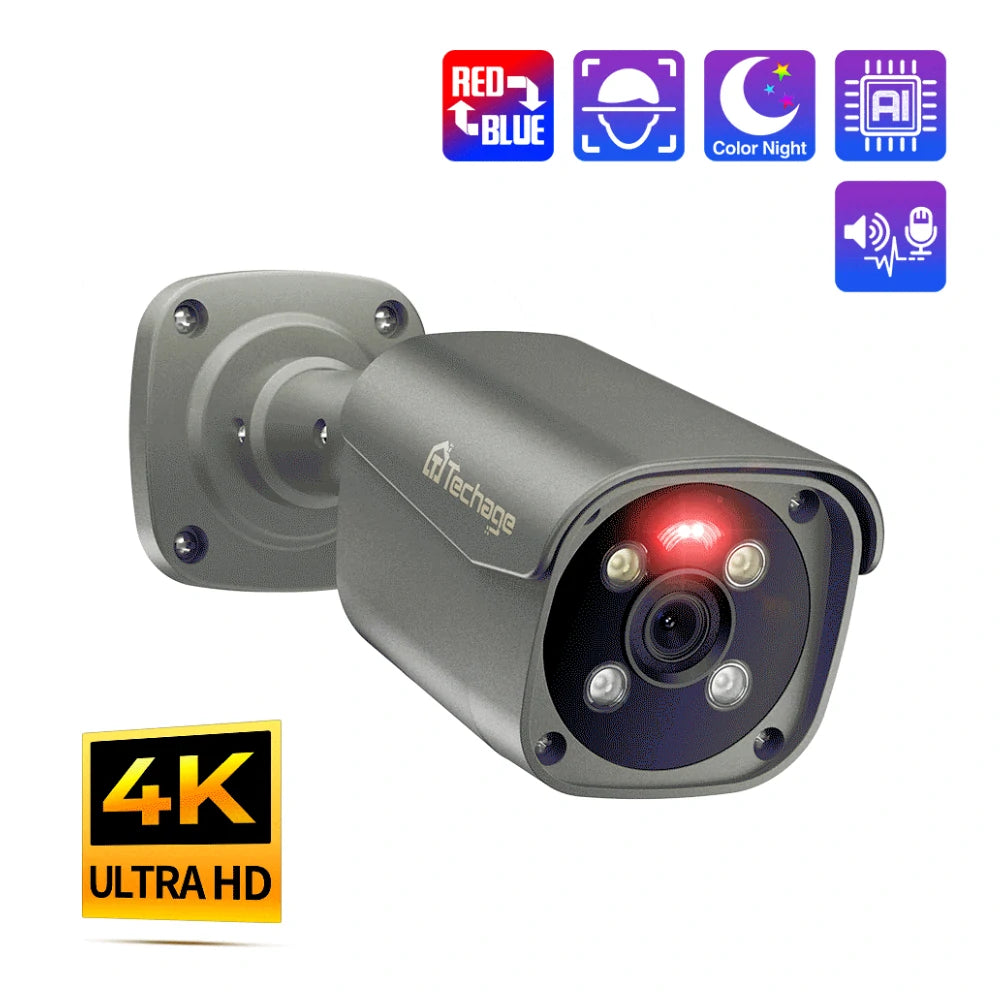
Resolution & Image Quality:
Higher resolution cameras provide more detailed images. Look for cameras with 8 megapixels(4K) or atleast 5 for optimal clarity.
Cameras with a higher frame rate (FPS) ensure smooth and fluid video playback. A frame rate of 30 FPS is generally considered ideal for real-time monitoring.
Cameras with larger image sensors, as they tend to capture more light and produce better image quality, especially in low-light conditions. Popular sensor types include CMOS and CCD.

Field of View (FOV):
POE cameras are available for wall & ceiling mounting options that help you install according to location & required field of view, hencing improving the security.
Look for varifocal cameras that allow you to adjust the field of view and zoom according to your specific needs.
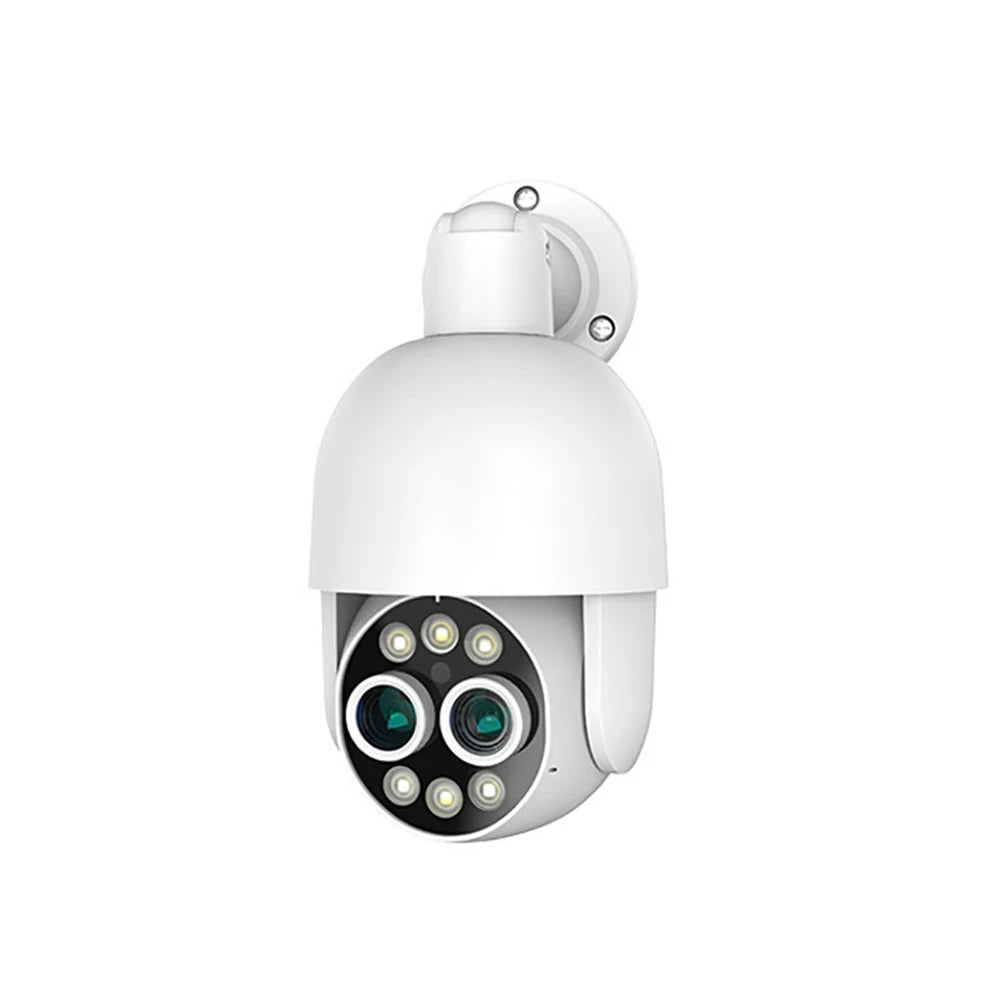
Pan-tilt-zoom:
The pan-tilt-zoom technology moves the cameras both horizontally (pan) and vertically (tilt), providing a wide range of viewing angles and coverage.
This feature allows users to remotely control the camera's movement and adjust its position using a joystick, software, or mobile app. Additionally, pan-tilt cameras help minimize the number of cameras required.
When choosing a pan-tilt option in security camera, consider the pan and tilt angle range & zoom capacity.
Performance in Low light:
Check how well the cameras perform in low light conditions. Look for features like infrared (IR) night vision or color night vision to ensure good visibility at night & produce sharp, clear images with minimal distortion, artifacts, or pixelation.
Opt for cameras with a wide dynamic range (WDR) feature. This helps capture details in both bright and dark areas of the scene simultaneously, minimizing overexposure or underexposure.
Network Compatability:
Verify that the security cameras you choose are compatible with your existing network. All the devices & components must support the POE standard (such as IEEE 802.3af or IEEE 802.3at) to provide power to the cameras over the Ethernet cables.
Factors such as camera resolution, frame rate, and compression settings impact the bandwidth requirements.
POE security cameras transmit video data over your network, which consumes bandwidth.
Assess your network's bandwidth capacity to ensure it can handle the number of cameras you plan to install or adding in the security system.
PoE cameras transmit both power and data over Ethernet cables, so make sure that the cameras & cabling support Gigabit Ethernet for better results.
Check the camera's specifications or consult the manufacturer or sellers for information on bandwidth consumption.
Expandable:
If you want to expand your security system in future, ensure that the PoE cameras you choose are compatible with your existing network infrastructure and offer seamless integration with other security systems or devices.
For installing multiple POE cameras, it's advisable to segment your network. Create separate VLANs or subnets for your surveillance devices to isolate their traffic from other network activities. This helps prevent potential congestion and ensures smooth operation of your security cameras.
Storage options:
Consider cameras that are compatibile with popular NVR protocols & offer FTP storage( online security camera storage) for expanded options.
NVR (Network Video Recorder) combined with switches exist. These devices, commonly known as PoE NVRs, integrate the functionality of a network video recorder with built-in Power over Ethernet (PoE) switches. This allows for simplified installation and management of IP cameras by providing both data connectivity and power supply through a single device
Video compression technology i.e. H.265 in security cameras can reduces the size of video files without significantly compromising the image quality. So the cameras consumes less space & brandwidth.
It helps in optimizing bandwidth usage, increasing storage capacity, and improving transmission efficiency, allowing for longer recording durations, smoother network streaming, and cost-effective storage solutions.

Remote Viewing and ease of access:
The camera must have a dedicated & a friendly interface i.e. mobile apps that supports viewing the stored or live stream from anywhere. AI will keep you notified via Email or alarms when there is an activity in the cameras range.
AI Motion Detection:
Consider how well the cameras capture moving objects. Look for cameras that can effectively capture details of fast-moving objects without blurring.
Make sure that the AI motion detection system can effectively distinguish between human and non-human movements to minimize false alarms and improve accuracy.
Furthermore, consider cameras that provide the option to define specific alarm areas, so you can focus monitoring on crucial areas and minimize unnecessary notifications.
Two-way Audio Communication:
While ensring safety via cameras, Two-way Audio Communication feature enables you to communicate with your children/family from anywhere via your mobile phone.
Weather Resistance:
If you plan to install the camera outdoors, make sure it is weatherproof and built to withstand various environmental conditions, such as rain, snow, and extreme temperatures. Look for cameras with an IP65 or IP65 rating for outdoor use.
Easy to Set up:
Plug and play POE cameras are designed to be user-friendly and require minimal setup. These cameras come with preconfigured settings, allowing users to install and start using them without extensive technical knowledge or complex installation processes.
The benefits of plug and play cameras include convenience, time-saving installation, and accessibility for users with limited technical expertise.
Research & check reviews:
Consider reputable brands known for their quality network and security products. Research customer reviews, ratings, and industry recommendations to gauge the reliability and performance of the cameras you're interested in.
Established brands often provide better compatibility and ongoing support. Compare prices between different brands and models of POE security cameras. Take note of the specific features, specifications, and capabilities offered by each camera.
If you have specific requirements or are considering purchasing a large quantity of cameras, reach out to manufacturers, distributors, or retailers to request quotes. They may offer bulk discounts or provide better pricing options based on your needs.
When evaluating prices, consider the total cost of ownership beyond the initial purchase price. Take into account factors like additional accessories, installation costs, ongoing maintenance, and any required subscriptions or licensing fees for software or cloud storage.
Conclusion
Purchasing POE or any security cameras requires careful consideration of various factors to make an informed decision for your needs.
By focusing on the essential features, you can find cameras that meet your specific surveillance needs. Choose reputable brands with a track record of reliability and customer satisfaction.
With this guide, you're now equipped to navigate the market confidently and select the perfect POE security cameras that provide enhanced security and peace of mind for your home or business.
Contact us for any query.




